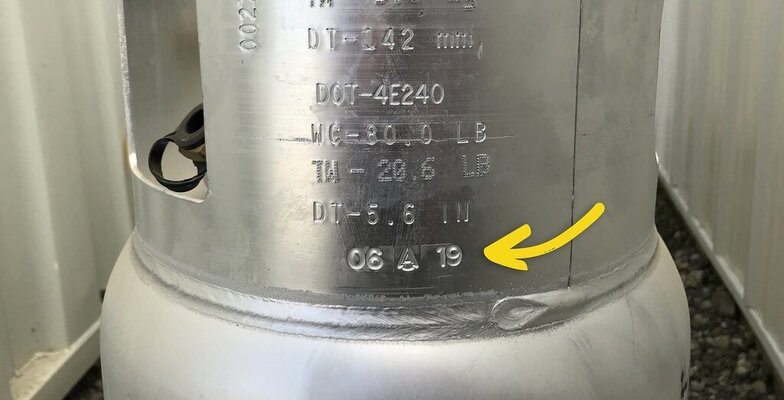Mark_K5LXP
Well-known member
OK, you've added a couple of variables like the blackstone and generator. Though generally cooking, fire pit and even water heating are minimal users as while the Btu's are high the durations are quite short. The genset has the potential to put a whammy on it though. There is a convenience factor to not schlepping and filling gasoline tanks so maybe run through some volumetric calculations for the size genset you're considering to see how that run time will impact refill interval. Note that the energy density of propane is a bit less than gasoline when sizing your genset. Seems though for home generation a stationary tank would make more sense but either way, propane is an ideal stored fuel. Doesn't degrade over time and there's nothing leftover in the genset carb to corrode it.
The time and effort aspect I mention is the pondering, materials acquisition, framing construction, tank modification and trailer plumbing considerations just to make something that works, vs using something already purpose built. It's worth it if you get a specific operational or pecuniary benefit out of it, or maybe just for self accomplishment if you like. Many people have solar power that really don't net a benefit from it other than it makes them feel good about it. Not saying that's your motivation but just in your few messages so far you have a pretty good understanding of what you want to do and how you want to get there, so I can appreciate even if it doesn't net a tangible return it might be fun or interesting to try. In a past life I built a home made generator out of a lawnmower engine and a GM alternator. It worked as designed but when it was all said and done it was more expensive and less capable than a store bought one. But, I did it and it was interesting to build and talk about it.
Probably the only thing I might work through is a scheme to keep the tanks stock and readily exchanged if needed. Maybe there's an external device/regulator to accept the liquid fuel as dispensed by the tanks and convert to regulated vapor at appliance pressure? Then you're not reliant on a nonstandard tank and could keep filled spares around as needed.
Mark B.
Albuquerque, NM
The time and effort aspect I mention is the pondering, materials acquisition, framing construction, tank modification and trailer plumbing considerations just to make something that works, vs using something already purpose built. It's worth it if you get a specific operational or pecuniary benefit out of it, or maybe just for self accomplishment if you like. Many people have solar power that really don't net a benefit from it other than it makes them feel good about it. Not saying that's your motivation but just in your few messages so far you have a pretty good understanding of what you want to do and how you want to get there, so I can appreciate even if it doesn't net a tangible return it might be fun or interesting to try. In a past life I built a home made generator out of a lawnmower engine and a GM alternator. It worked as designed but when it was all said and done it was more expensive and less capable than a store bought one. But, I did it and it was interesting to build and talk about it.
Probably the only thing I might work through is a scheme to keep the tanks stock and readily exchanged if needed. Maybe there's an external device/regulator to accept the liquid fuel as dispensed by the tanks and convert to regulated vapor at appliance pressure? Then you're not reliant on a nonstandard tank and could keep filled spares around as needed.
Mark B.
Albuquerque, NM

